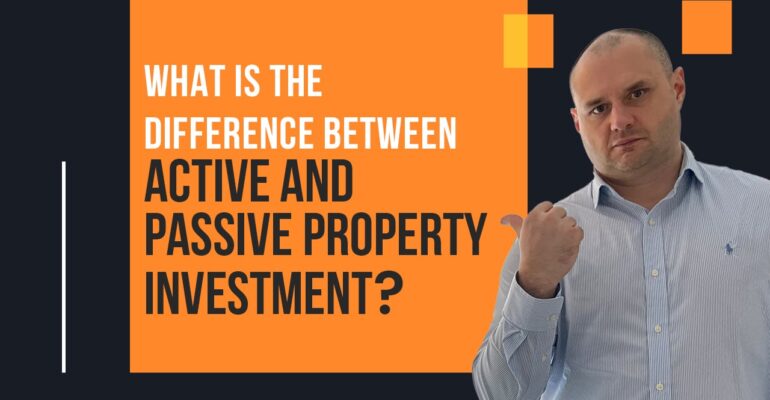What is the Difference Between Active and Passive Property Investment?

What is the Difference Between Active and Passive Property Investment?
Do you want to understand the difference between active and passive property investment?
Starting your journey as a real estate investor can be intimidating if you don’t have the right knowledge and experience.
Out of the different options, risks, strategies, and things to learn, you must know whether you want to be an active or passive investor.
So, you must have answers to questions like: Is passive property investing worth it? Or should I go with active property investing?
Let’s find out the answers.
What Is Active Property Investing?
Active property investing involves more hands-on inputs. As an investor, you must be fully involved in your property investments. The role of an active investor involves a large amount of research, analysis, and expertise to succeed.
You can be entirely responsible for your portfolios if you are an active property investor. You are the one who considers the risks and rewards for each investment.
The primary goal of an active property investor is to put in the effort to ensure they are right about their investment decision during the time to buy and sell and make a profit out of it.
Here’s an example to help you understand better.
In active property investing, you must buy, sell, or rent. It involves one of the famous investing strategies known as fix-and-flip.
In this strategy, you buy a property and later fix it up to sell for a profit. These investment strategies require time and a lot of money to process.
You can try out renting as an active property investment form. For this, you have to purchase a property and turn it into a rental property by renting it out to someone else. It can create a great source of passive income that can even cover the property’s mortgage until it is fully paid off.
Now, let’s understand passive property investing.
What Is Passive Property Investing?
Passive property investing is similar to its active counterpart but requires less involvement and effort. These investments are also less expensive than active ones.
So, what’s the difference?
They also offer lesser returns compared to active investing. These types of investing are used for the long term, like saving for retirement or a college fund.
These are more like buy-and-hold investments, where you keep the investment for many years until you want it back.
Examples of passive investments include crowdfunding opportunities, real estate funds, or investment trusts. These investments require you to invest at least a small amount of money and hold on to get the returns.
For instance, you don’t build a real estate portfolio. Instead, you invest in someone else’s portfolio, hoping they make a profit, and you do too.
Now, you have a basic idea about active and passive property investing and how they differ.
But what exactly are the significant differences between them?
Key Differences Between Active and Passive Real Estate Investing
Here are the differences in the two investing styles for some of the most important areas:
| Aspect | Active Property Investing | Passive Property Investing |
| Work Required | High: Often a full-time job involving managing properties, timing the market, and handling various tasks. | Low: Involves minimal effort, such as investing in funds or crowdfunding online. |
| Experience Needed | High: Requires expertise in market timing, property selection, and management. | Low: Basic research and understanding of where to invest are sufficient. |
| Income Potential | High: Can range from thousands to millions annually, but with higher risk. | Lower: It is safer and less risky but yields less income than active investing. |
| Liquidity | Low: Real estate properties are illiquid assets that can take time to sell. | Higher: Investments are more liquid, often allowing investors to withdraw money more easily, sometimes with a fee. |
It will help you establish a general idea of the famous investing approaches followed globally. But if you want to learn and educate yourself about property investing, you can’t ignore courses from Cash Flow With Property.
Cash Flow With Property’s Online Courses Are a Game Changer
At Cash Flow With Property, we offer accessible online property investment courses that provide in-depth insights into the industry.
We, Peter and Istvan, craft these courses, leveraging our extensive experience to build a portfolio of over 50 properties using strategies like Rent to Rent, HMO Properties, and Deal Packaging.
Our courses stand out because they are tailored to different proficiency levels, which allows learners to progress from beginner to advanced stages. We focus on high cash-flow property strategies and teach how to invest with minimal or even no initial capital.
Additionally, our private Facebook group provides a supportive learning environment. Explore our wide range of learning options to expand your horizons as a property investor.

 Cash Flow With Property
Cash Flow With Property 

